In the ever-evolving natural world, few creatures have maintained their dominant position with such unwavering consistency as crocodiles. These ancient reptiles, having survived the extinction event that eliminated dinosaurs, continue to reign as apex predators in 2025 across various ecosystems worldwide. Their remarkable resilience in the face of changing environments, human encroachment, and climate shifts speaks to an evolutionary perfection that has required minimal adjustment for over 200 million years. While many predatory species have declined or adapted significantly to survive modern challenges, crocodiles remain largely unchanged—testament to a design so effective that nature itself seems reluctant to modify it. This article explores why these prehistoric predators continue to dominate their habitats, utilizing adaptations and behaviors that make them among the most successful hunters on the planet today.
The Evolutionary Masterpiece: 200 Million Years of Perfection
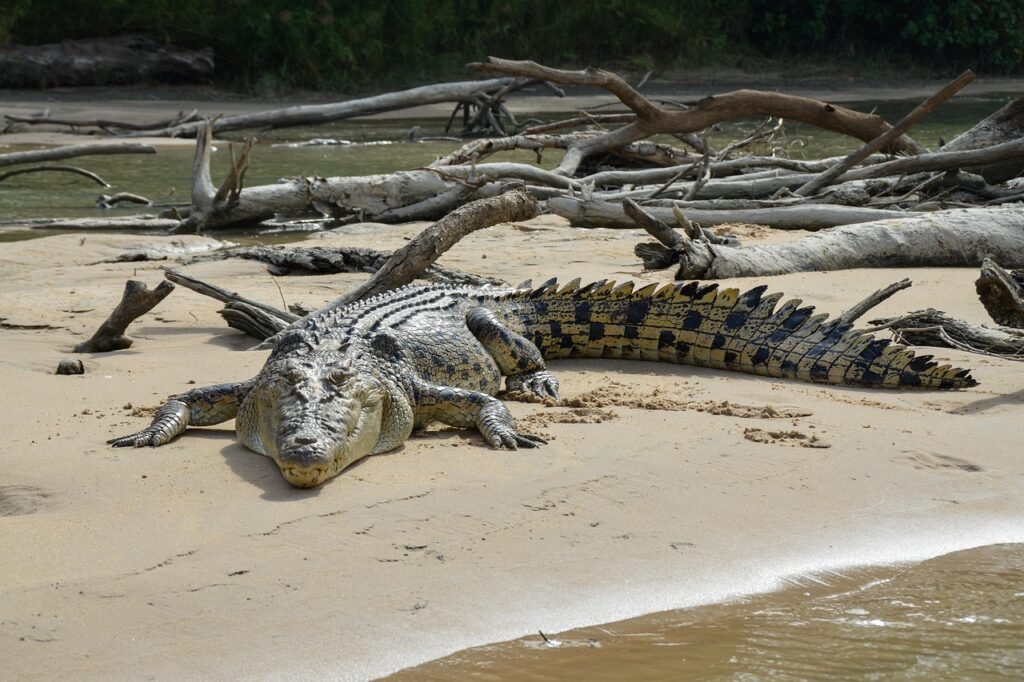
Crocodiles represent one of evolution’s most remarkable success stories, having remained largely unchanged for over 200 million years. This extraordinary period of evolutionary stasis speaks to the effectiveness of their fundamental design—a streamlined body, powerful tail, armored skin, and devastating bite force. Unlike many species that required significant adaptations to survive changing conditions, crocodiles found their optimal form early and maintained it.
Their basic blueprint has weathered climate shifts, continental drift, and mass extinctions while requiring only minor modifications. In 2025, paleontologists continue to marvel at fossil specimens that appear remarkably similar to their modern counterparts, with the primary differences being mostly in size rather than overall morphology. This evolutionary consistency has allowed crocodiles to perfect their hunting strategies across millions of generations, resulting in instincts and behaviors honed to near perfection.
Unmatched Bite Force: Nature’s Most Powerful Jaws
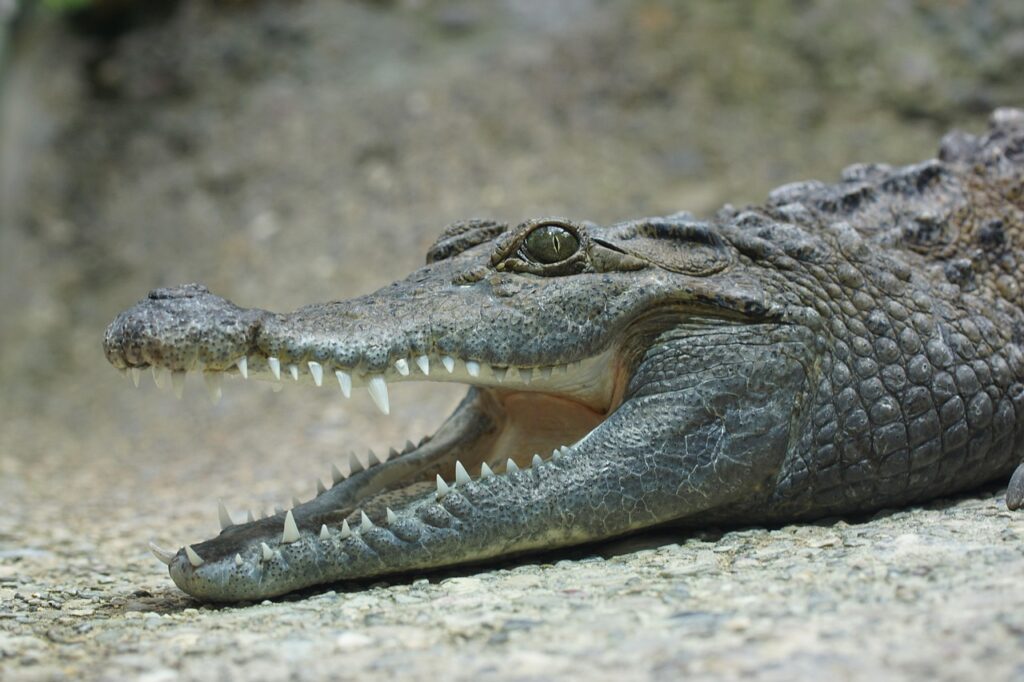
The crocodile’s bite remains one of the most formidable weapons in the animal kingdom in 2025, with measured forces exceeding 3,700 pounds per square inch in larger specimens. This crushing power easily surpasses that of other apex predators like lions, tigers, and great white sharks, allowing crocodiles to capture and dismember virtually any prey they encounter.
Recent biomechanical studies have revealed that the unique arrangement of jaw muscles and specialized cranial architecture optimizes force delivery while minimizing structural stress. Particularly impressive is the saltwater crocodile’s bite, which researchers at the Australian Reptile Research Center confirmed in 2024 can snap through turtle shells, mammal bones, and even boat materials with alarming ease. This overwhelming bite force, coupled with specialized teeth designed for gripping and tearing, ensures that once a crocodile captures prey, escape is virtually impossible—a reality that continues to secure their position at the top of their respective food chains.
Amphibious Advantage: Masters of Water and Land
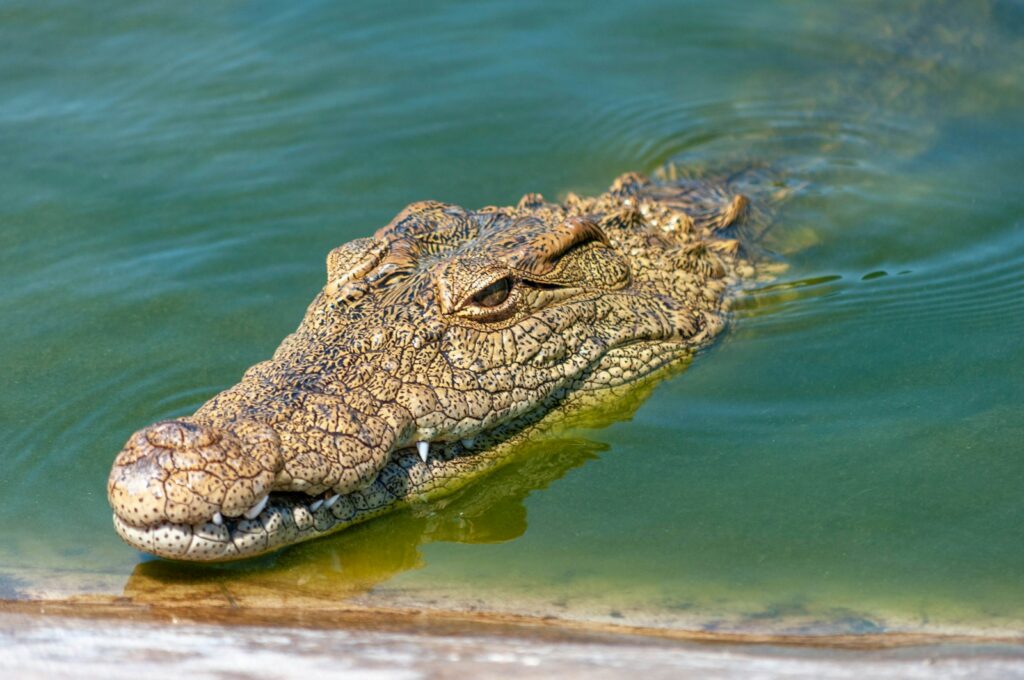
Unlike many apex predators that specialize in either aquatic or terrestrial environments, crocodiles excel in both domains—a dual mastery that grants them exceptional hunting versatility. In water, their streamlined bodies and powerful tails allow them to reach speeds of up to 20 mph in short bursts, enabling them to overtake swimming prey with explosive lunges. On land, while less agile than in water, they can achieve surprising speeds of up to 11 mph for short distances—quick enough to ambush unwary animals at the water’s edge. This amphibious capability allows crocodiles to exploit multiple food sources and hunting strategies, shifting between environments as conditions dictate.
Environmental researchers tracking crocodilian behavior in 2025 have documented increasing instances of tactical hunting, where individual crocodiles deliberately position themselves to intercept seasonal migrations of terrestrial animals forced to cross waterways. This adaptability between environments provides crocodiles with hunting opportunities year-round, regardless of seasonal changes or temporary resource scarcity in either habitat.
Sensory Superiority: Evolved for Detection
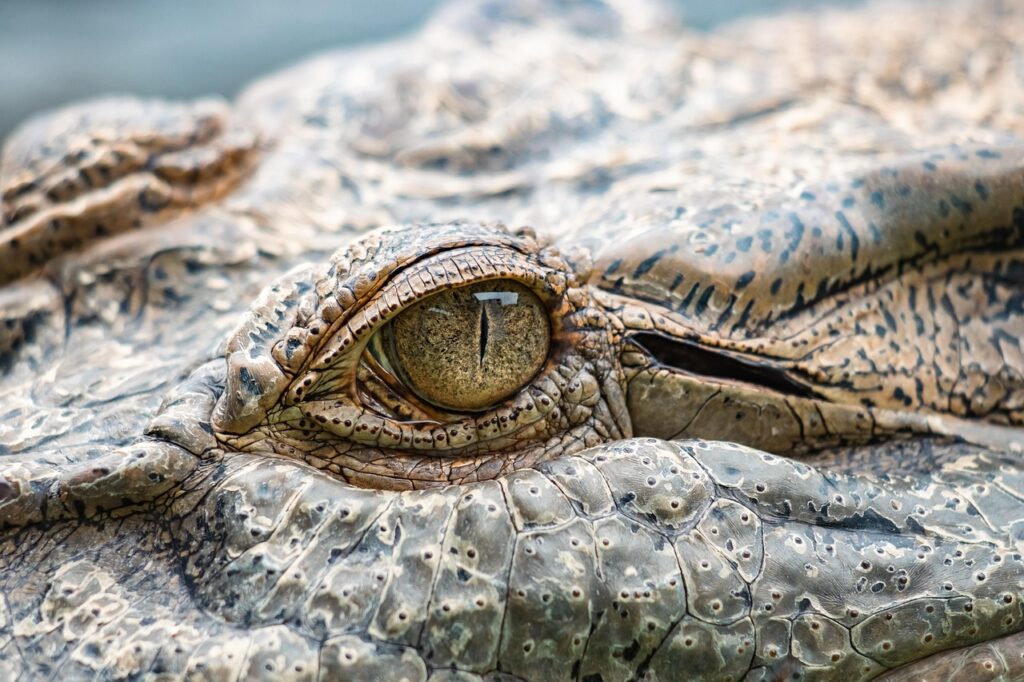
The sensory capabilities of crocodiles represent another critical factor in their continued dominance as apex predators in 2025. Their eyes contain specialized adaptations, including a reflective layer called the tapetum lucidum, that enhance vision in low-light conditions and underwater, while protective nictitating membranes allow clear sight while submerged. Beyond vision, crocodiles possess integumentary sense organs (ISOs) distributed across their bodies, particularly concentrated around their jaws, which can detect minute pressure changes in water—effectively allowing them to sense prey movement from considerable distances.
Recent neurological studies have demonstrated that crocodile brains dedicate significant processing power to these sensory inputs, enabling them to create detailed environmental maps combining visual, pressure, and chemical information. Perhaps most impressive is their ability to detect vibrations through water—a capability so refined that they can pinpoint struggling prey from distances exceeding 100 feet even in murky conditions with zero visibility. This multisensory integration ensures that very little escapes a crocodile’s notice within its territory, cementing its position as an unavoidable threat.
Metabolic Efficiency: The Energy Conservation Masters

One of the most significant advantages crocodiles maintain in 2025’s changing ecosystems is their remarkable metabolic efficiency—an adaptation that allows them to survive extended periods without feeding. Unlike mammalian predators that require frequent meals to maintain their high metabolism, crocodiles operate with an efficiency that borders on the extraordinary. Their ectothermic physiology enables them to convert approximately 70% of consumed food into body mass (compared to around 13% for lions), dramatically reducing their caloric requirements. This efficiency means a large adult crocodile can survive for more than a year on the energy from a single substantial meal when necessary.
Conservation biologists studying apex predator resilience have noted that this metabolic adaptation provides crocodiles with exceptional buffer capacity against prey population fluctuations that might devastate other predator species. During the seasonal droughts that have intensified in many regions by 2025 due to climate change, this ability to endure extended fasting while maintaining physical capabilities has become increasingly advantageous, allowing crocodiles to survive conditions that have stressed or eliminated other predator populations.
Behavioral Intelligence: The Calculated Hunter
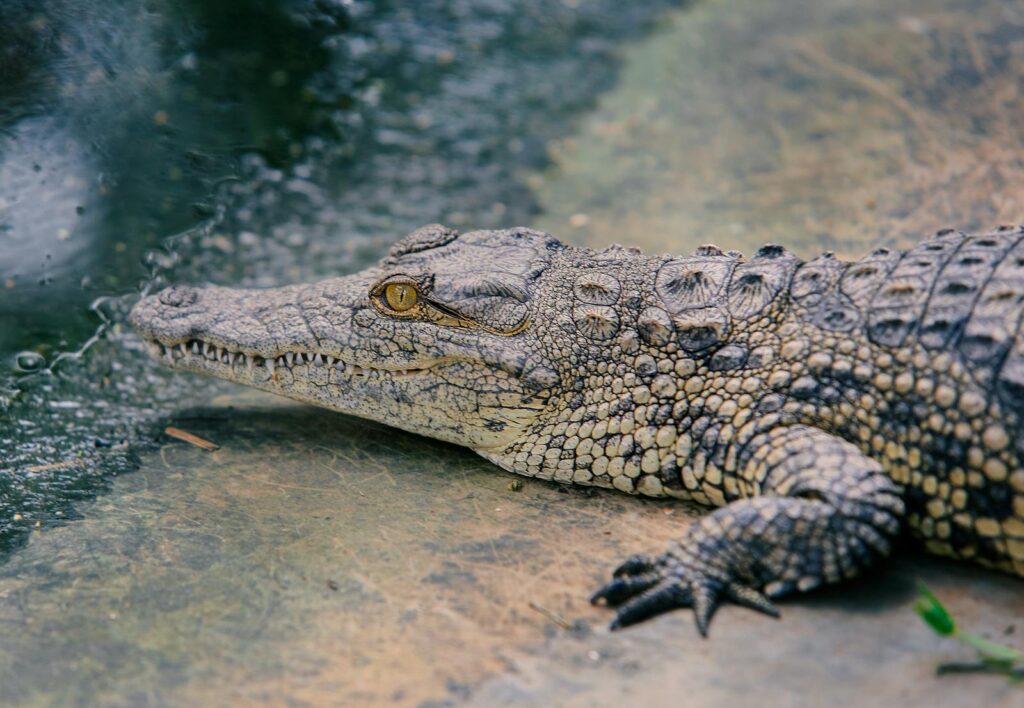
Contrary to earlier misconceptions about reptilian intelligence, research through 2025 has conclusively demonstrated that crocodiles possess sophisticated cognitive abilities and complex behavioral patterns that enhance their effectiveness as predators. Long-term observational studies have documented crocodiles using tools—placing sticks on their snouts to lure nesting birds that collect materials—a behavior requiring both planning and understanding of cause and effect. They exhibit advanced social coordination during group hunting events, with individuals assuming specific roles to herd fish or create blockades in channels to trap prey. Perhaps most impressive is their capacity for learning and memory, with individuals remembering specific locations, migration patterns, and even recognizing particular human individuals for years or decades.
At Australia’s Kakadu National Park, researchers have tracked saltwater crocodiles that remember seasonal fish migration routes and return to the same ambush points year after year, adjusting their timing based on environmental cues. This cognitive flexibility allows crocodiles to adapt their hunting strategies to changing prey behavior, weather conditions, and even human activities—an intellectual capacity that ensures their continued success as apex predators.
Climate Adaptation: Thriving Amid Environmental Change
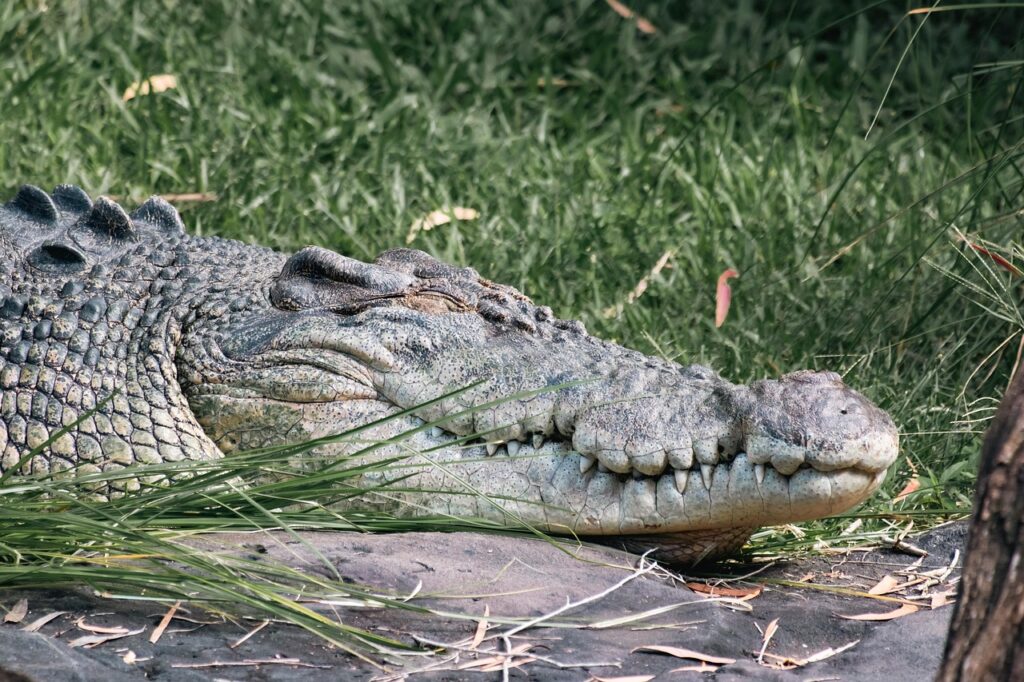
While many predatory species face existential threats from climate change in 2025, crocodiles demonstrate remarkable resilience to shifting environmental conditions. Their temperature-dependent sex determination system, initially considered a potential vulnerability, has proven surprisingly adaptive as warming temperatures have shifted sex ratios in many populations without causing the catastrophic imbalances predicted by earlier models. Crocodiles have expanded their ranges in response to warming trends, with American alligators establishing sustainable populations farther north than their historical range and Nile crocodiles appearing in new watersheds across Africa. Their ability to estivate—entering a dormant state during extreme conditions—allows them to survive seasonal droughts that have intensified in many tropical and subtropical regions. Perhaps most importantly, their broad dietary flexibility enables them to shift predation patterns as prey species distributions change in response to climate pressures. Wildlife management agencies tracking apex predator responses to climate change have documented crocodiles successfully incorporating newly introduced invasive species into their diets, demonstrating an ecological adaptability that few other large predators can match in rapidly changing environments.
Reproductive Strategy: Ensuring Future Dominance
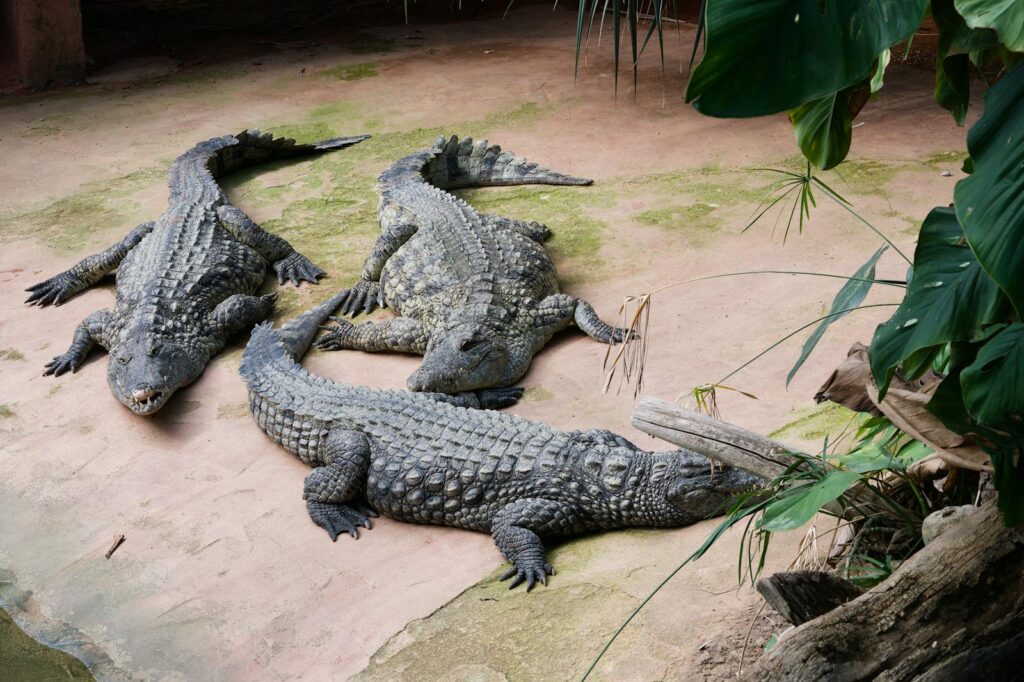
The reproductive strategy of crocodiles represents another key factor in their continued success as apex predators in 2025. Female crocodiles produce large clutches of eggs—typically between 20 to 80 depending on species—creating significant reproductive potential even when survival rates for young are relatively low. Their nesting behavior includes sophisticated temperature regulation, with females carefully selecting nest sites and materials to influence incubation conditions and even modifying nests during development if environmental conditions change. Particularly notable is the extended maternal care exhibited by many crocodilian species, with females protecting nests during incubation and helping hatchlings reach water safely—behavior that significantly improves offspring survival rates.
Recent studies in the Okavango Delta have documented female Nile crocodiles creating nursery areas where multiple mothers cooperatively guard groups of hatchlings from predators for up to two years. This combination of high reproductive output and parental investment ensures that crocodile populations can recover relatively quickly from localized declines, maintaining their presence as dominant predators even in areas where they face periodic population pressures.
Dietary Flexibility: Opportunistic Feeding Strategies
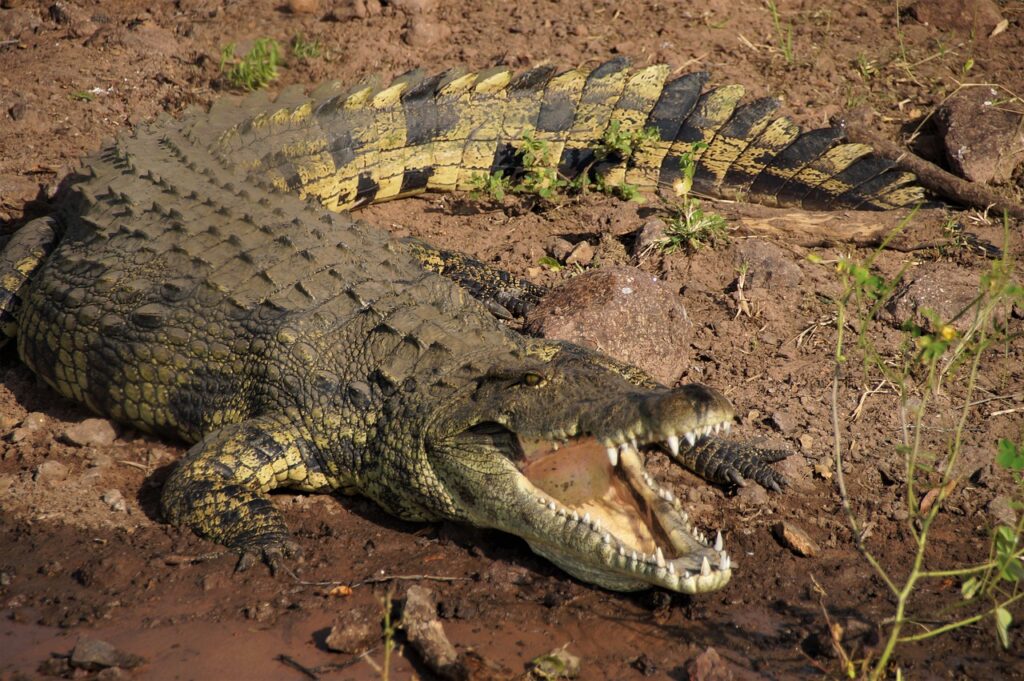
The remarkable dietary flexibility of crocodiles provides another crucial advantage that sustains their apex predator status in 2025. Unlike specialized predators that depend on specific prey species, crocodiles are opportunistic feeders capable of consuming virtually any animal they can capture—from fish and birds to mammals and reptiles, including other crocodiles. This adaptability allows them to shift their hunting focus as prey availability fluctuates seasonally or over longer periods. Larger crocodile species demonstrate ontogenetic shifts in diet, with juveniles focusing on smaller prey like insects, amphibians, and small fish before graduating to larger targets as they grow. Particularly impressive is their ability to adjust feeding strategies based on opportunity—from patient ambush tactics for terrestrial prey to active pursuit of fish or cooperative hunting for larger animals.
Recent stomach content analyses from various populations worldwide have identified over 300 different prey species consumed by crocodiles, highlighting an exceptional dietary breadth unmatched by most other apex predators. This feeding flexibility ensures that crocodiles can maintain their position at the top of food webs even as ecosystem compositions change due to climate shifts, habitat alterations, or human impacts.
Armored Defense: Near-Invulnerability
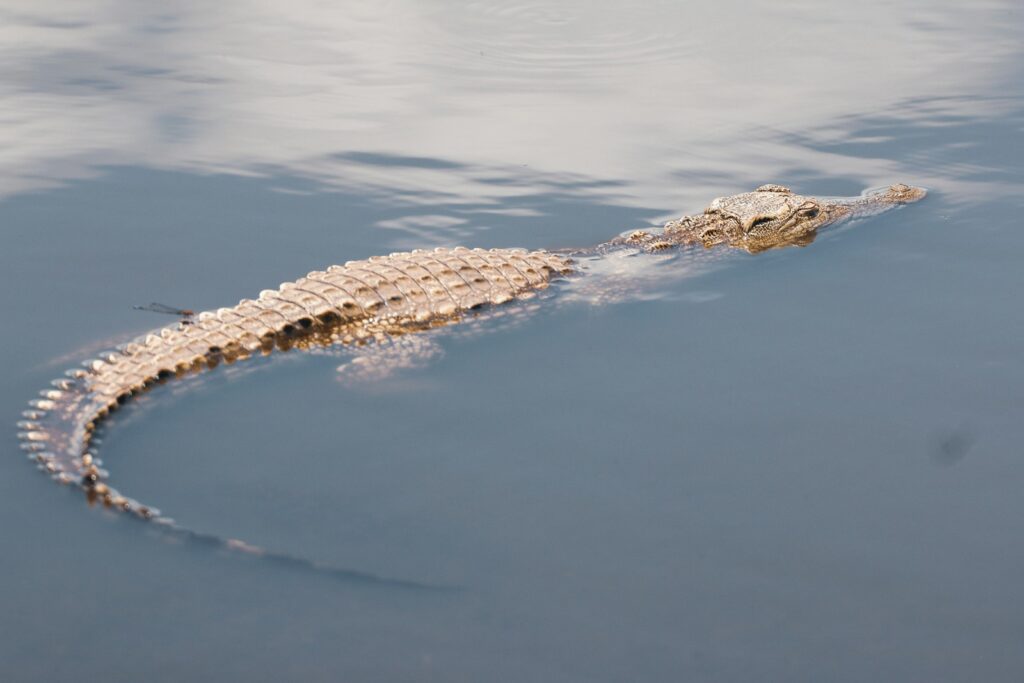
The defensive capabilities of crocodiles provide them with near-invulnerability that few other predators can match, contributing significantly to their continued success in 2025. Their bodies are covered with osteoderms—bony plates embedded in the skin that create a natural armor capable of deflecting attacks from potential predators and even resisting some bullet calibers. This protective covering is complemented by incredibly thick skin that can reach over 4 cm in depth in larger specimens, providing multiple layers of defense against injury. Their armored protection is particularly effective against other predators that might target juveniles or challenge adults for territory or resources.
In regions where large cats, pack-hunting canids, or monitor lizards might prey on younger crocodiles, this defensive advantage allows a higher percentage to reach adulthood than would be expected for other large predator species. Biomechanical engineers studying natural defense systems have noted that the crocodile’s combination of flexible movement and rigid protection represents one of nature’s most effective compromise solutions to the typically conflicting needs of mobility and security—a defensive system that has required minimal modification over millions of years.
Human Adaptation: Navigating the Anthropocene
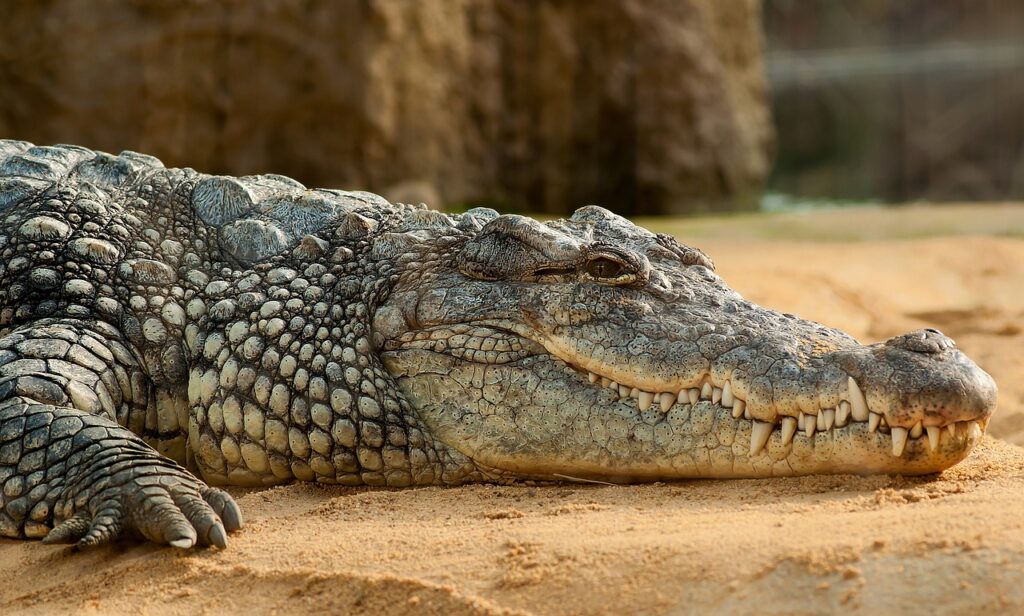
Perhaps the most remarkable aspect of crocodiles’ continued apex status in 2025 is their ability to persist and even thrive in landscapes increasingly dominated by human activity. Unlike many large predators that have been eliminated from human-occupied areas, several crocodile species have demonstrated surprising adaptability to anthropogenic changes. They readily utilize artificial waterways, reservoirs, and irrigation systems as habitat, sometimes establishing populations in heavily modified environments like golf course ponds, urban canals, and agricultural impoundments. Their nocturnal activity patterns help them avoid peak human activity periods, while their ability to remain hidden for extended periods reduces direct conflict in shared spaces.
Conservation initiatives implemented in the early 21st century have succeeded in stabilizing or increasing many crocodile populations, with species like the American alligator and saltwater crocodile becoming conservation success stories. Even more impressive is their behavioral adaptation to human presence—studies in northern Australia have documented saltwater crocodiles modifying their hunting times and locations to exploit resources associated with human activities while minimizing direct encounters. This capacity to adjust to the Anthropocene’s radical environmental modifications has allowed crocodiles to maintain their ecological position while many other apex predators have declined dramatically.
Future Prospects: The Enduring Apex Predator
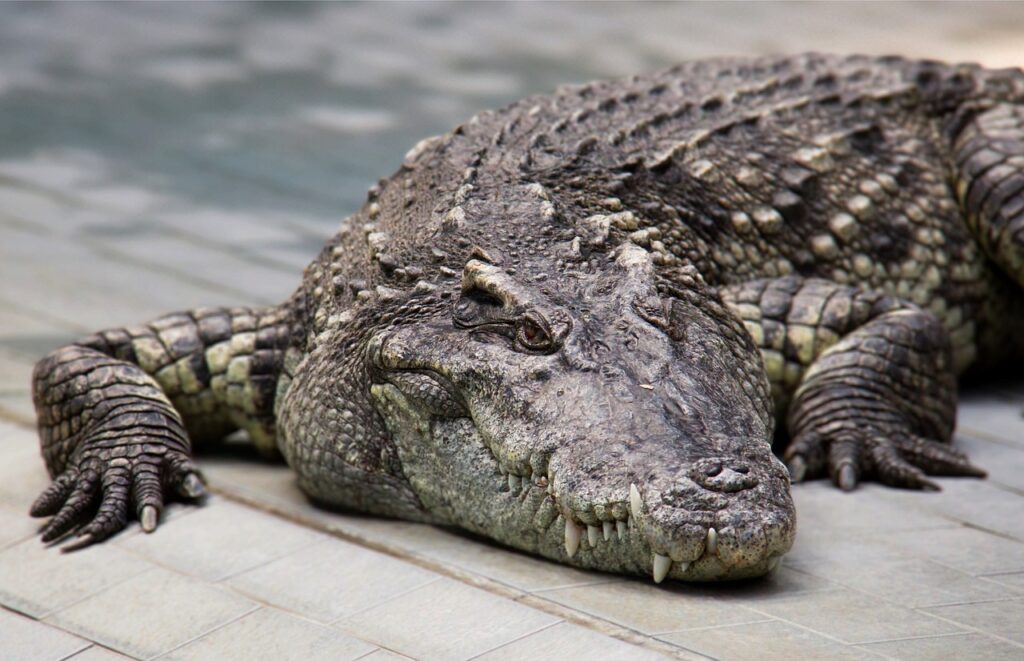
Looking beyond 2025, ecological projections suggest crocodilians will likely continue their reign as apex predators for the foreseeable future, potentially outlasting many currently threatened large carnivores. Their combination of physiological, behavioral, and ecological adaptations provides exceptional resilience against the primary threats facing most predator species today. Climate modeling indicates that while range shifts will occur, suitable habitat for various crocodilian species will persist across tropical and subtropical regions, with potential expansion into newly warming temperate zones. Conservation geneticists have identified surprisingly robust genetic diversity in most crocodilian populations, providing adaptive potential for future environmental challenges despite historical bottlenecks in some species.
Wildlife management agencies worldwide have increasingly incorporated crocodiles into ecosystem conservation plans, recognizing their role as keystone species that influence everything from prey populations to nutrient cycling in aquatic systems. Perhaps most significantly, the continued cultural significance of crocodiles—inspiring both fear and reverence across many societies—has strengthened conservation efforts and reduced persecution in regions where they were previously hunted extensively. Barring unprecedented environmental catastrophe, these ancient predators appear poised to maintain their apex status for millions of years to come, continuing one of evolution’s most enduring success stories.
Conclusion: The Timeless Predator
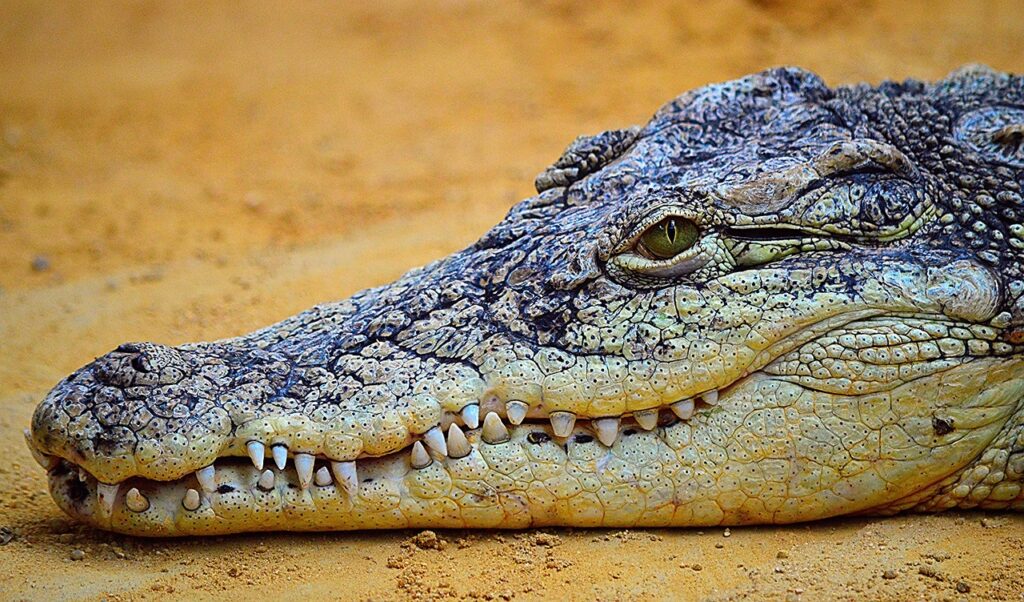
Crocodiles stand as living testimony to evolutionary perfection—creatures so well adapted to their ecological niche that they have required minimal modification for over 200 million years. In 2025, their continued dominance as apex predators reflects not just their physical capabilities, but the remarkable integration of specialized adaptations that make them among the most effective hunters on the planet. Their combination of overwhelming bite force, sensory acuity, metabolic efficiency, behavioral intelligence, and environmental adaptability ensures their position at the top of food webs across diverse ecosystems.
While many other large predators face uncertain futures due to habitat loss, climate change, and human conflict, crocodiles have demonstrated exceptional resilience to these challenges. Their success story transcends mere survival—it represents an enduring mastery of predation that has weathered asteroid impacts, ice ages, continental drift, and now the Anthropocene. As we look to the future, these ancient reptiles will likely continue their reign, unchanged and undiminished, as they have since the time of dinosaurs—true living fossils whose predatory perfection remains undiminished by the passage of time.

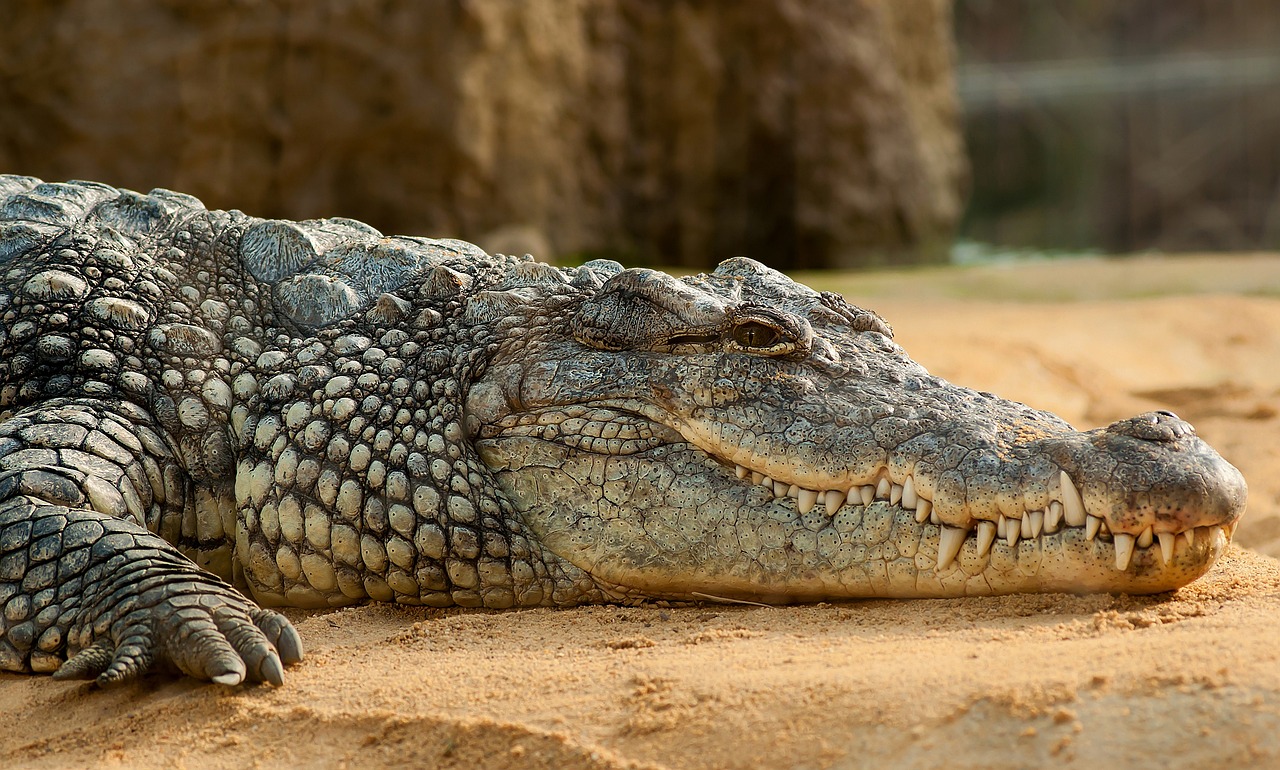
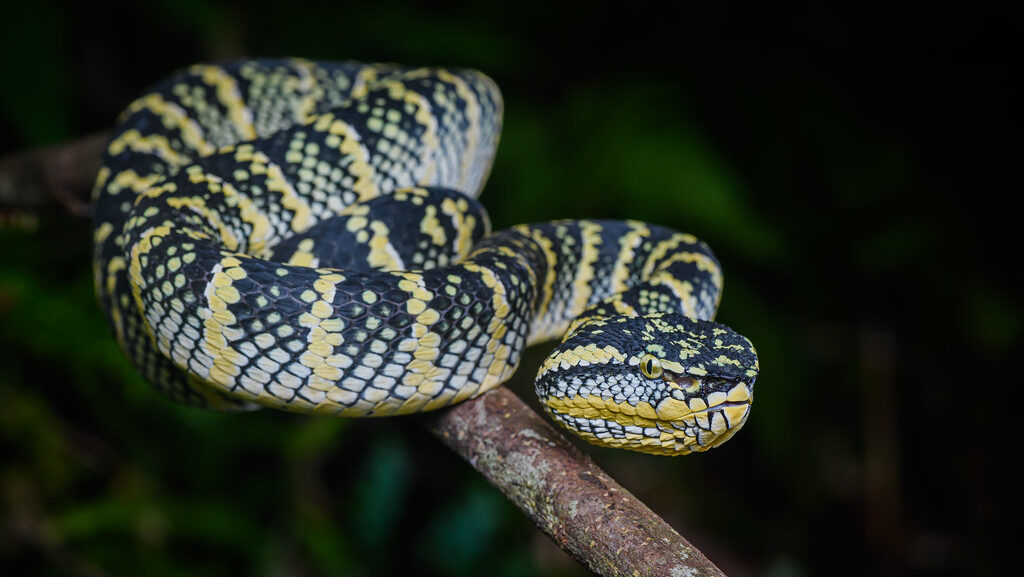
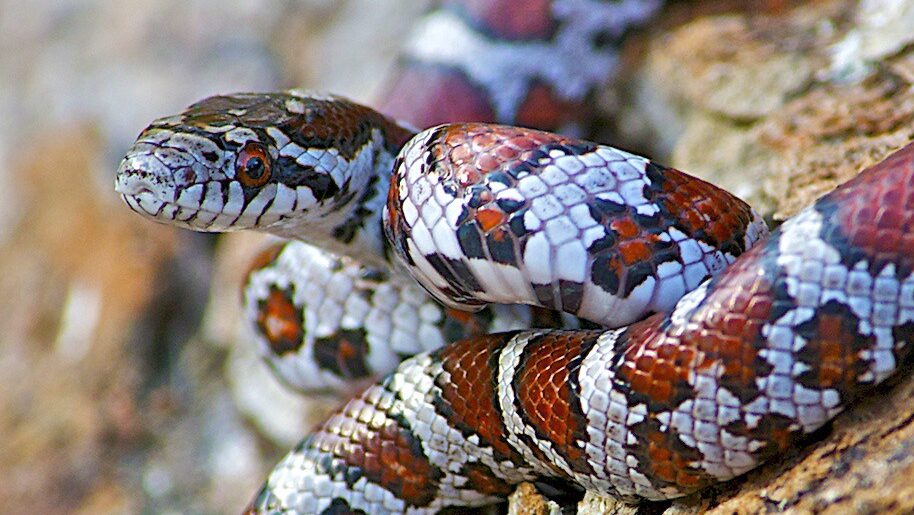

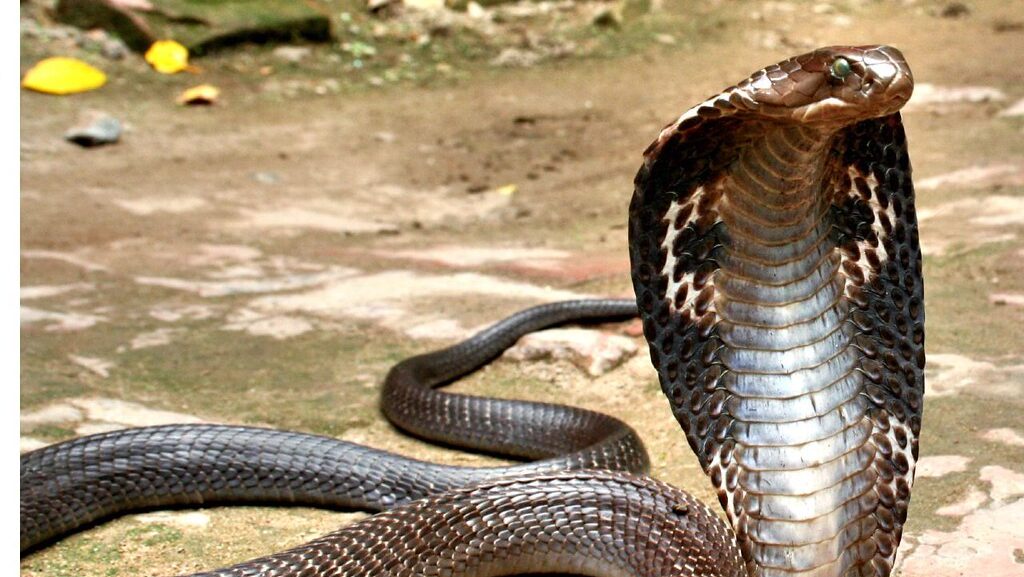
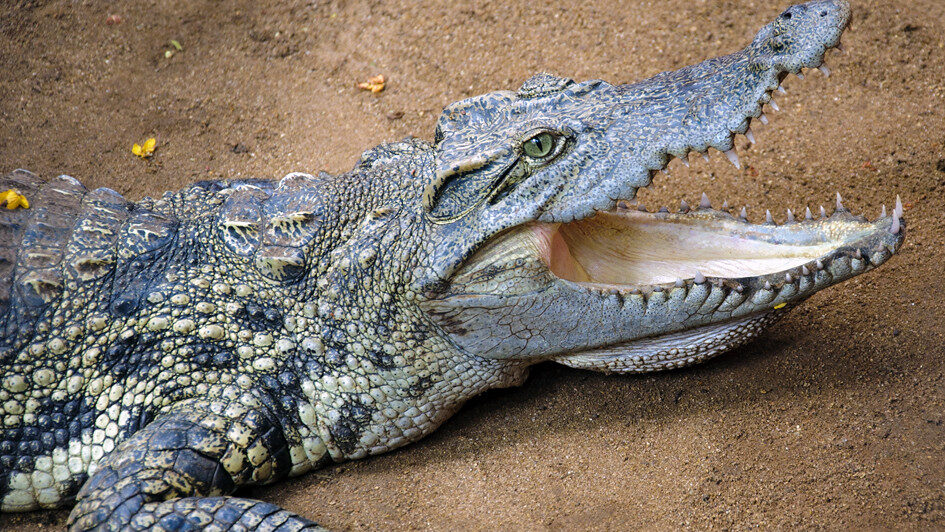
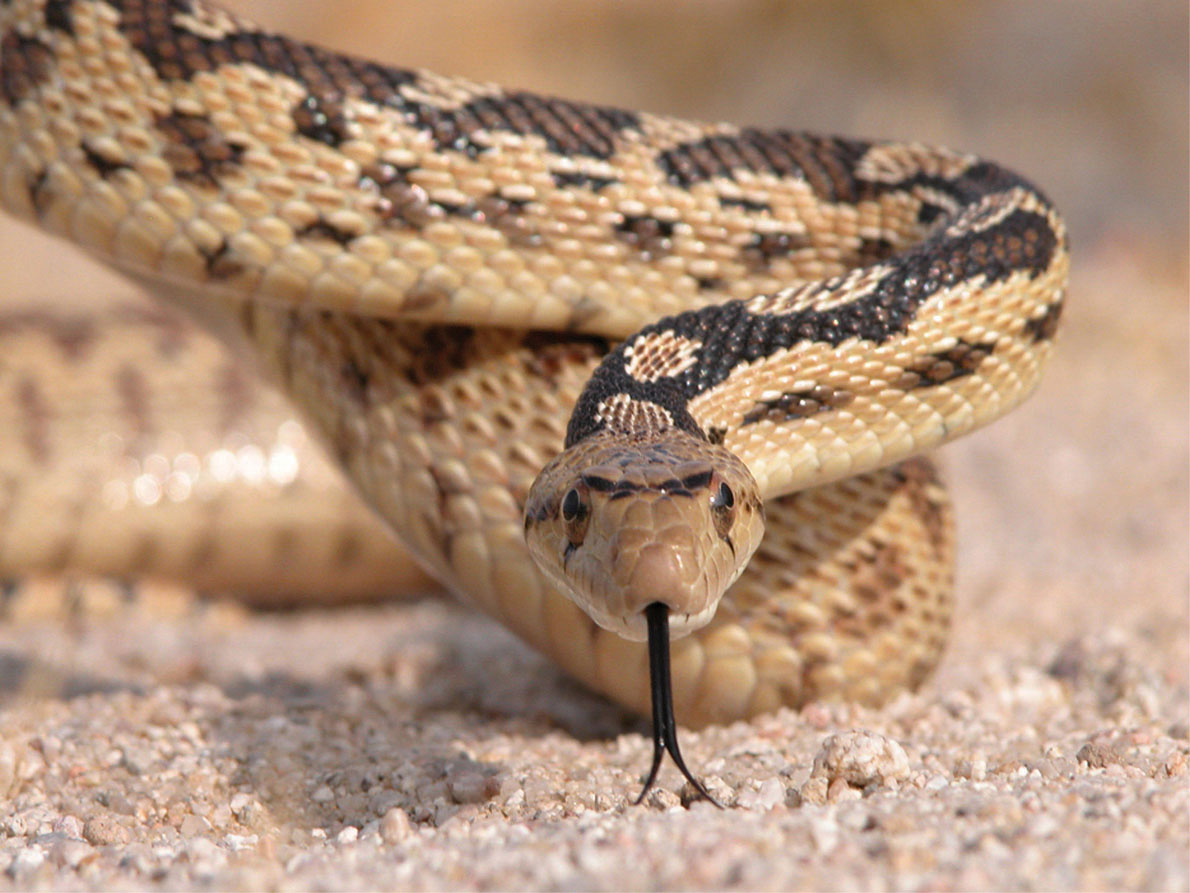
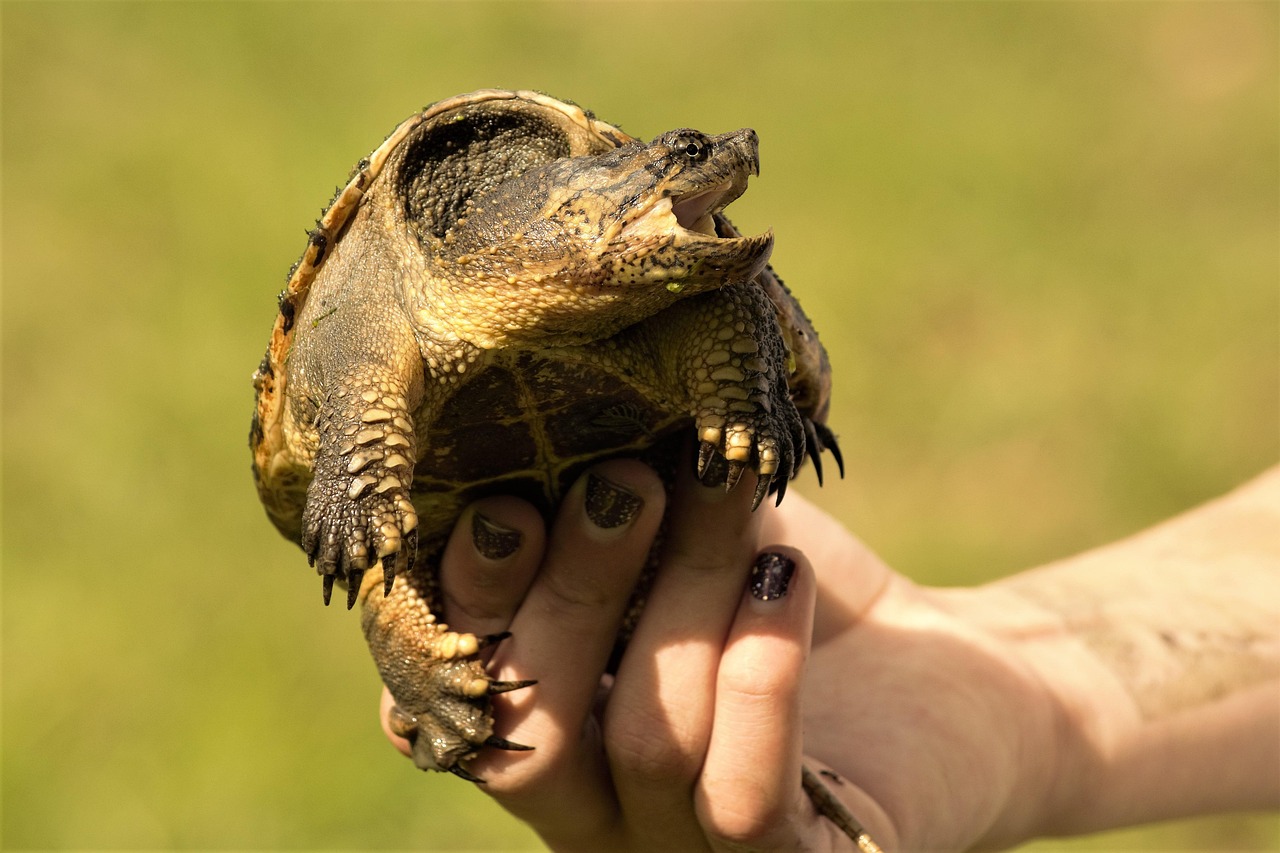
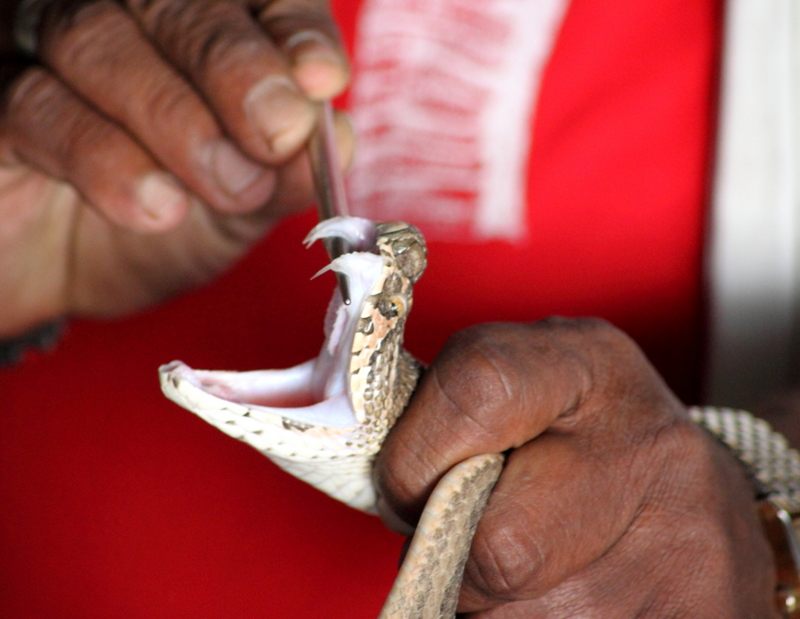
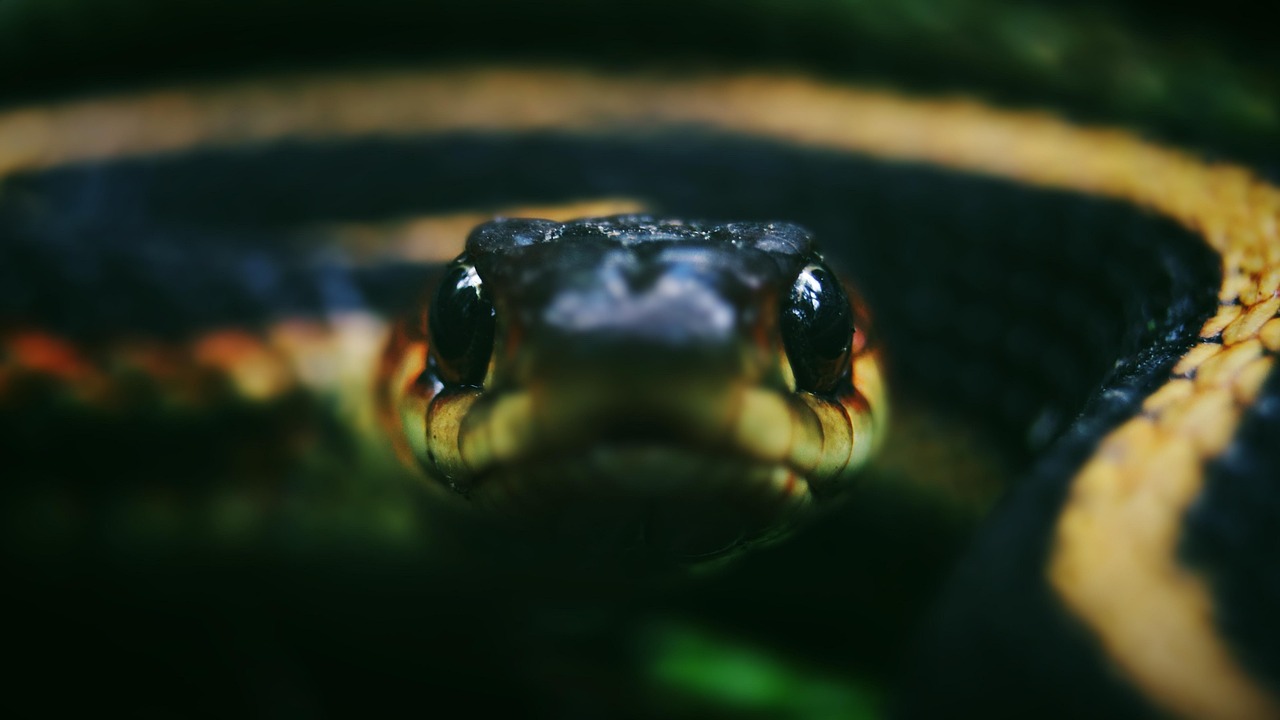

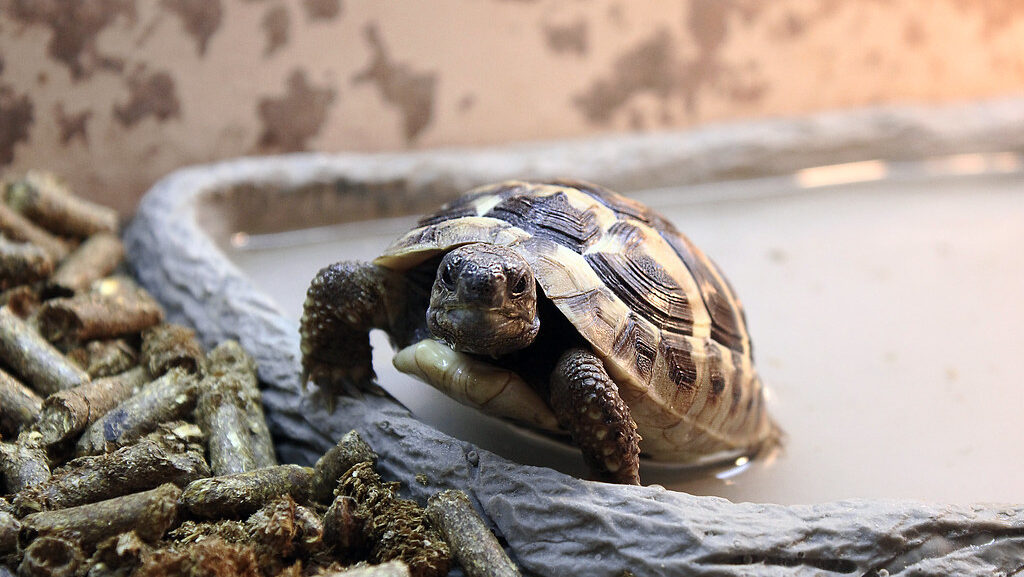
Leave a Reply